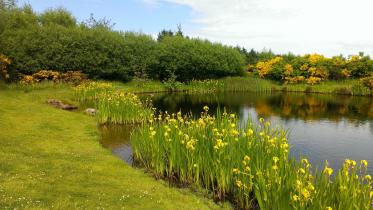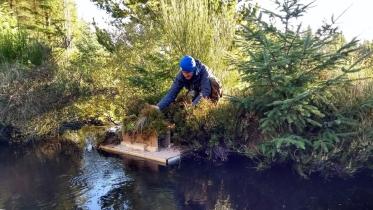
An ecosystem approach
Adopting an ecosystem approach can help to secure benefits from nature for future generations.
Nature provides us with natural resources, raw materials and benefits such as insect pollination, soil formation, and improvement of our health and well-being. Most of us appreciate these benefits, or ecosystem services, and we can map their contributions to our economy. People are also part of ecosystems.
Following an ecosystem approach means understanding these connections, and taking account of ecosystem services in how we manage land, freshwater and sea. The Convention on Biological Diversity’s definition of the ecosystem approach is: “a strategy for the integrated management of land, water and living resources that promotes conservation and sustainable use in an equitable way.” This approach should be applied to all plans, policies and management that may affect, or benefit from, the natural environment.
The Scottish Biodiversity Strategy applies an ecosystem approach to meeting biodiversity targets in the 2020 Challenge for Scotland’s Biodiversity.
Why do we need an ecosystem approach?
An ecosystem approach can help to:
- resolve problems like poor quality surroundings, declining resources and increased demands on the environment
- resolve conflicts between competing priorities, making clear what decisions mean for different interests
- make visible those ecosystem services that don’t have a market value, like health benefits
- promote collaboration and efficiency across different public policies and plans
- save money by allowing nature to work for people rather than relying only on human solutions
- encourage people to think about the implications of decisions for future generations and for those beyond the local area
To apply an ecosystem approach, we must first identify the benefits and where they come from. Then we must understand how different planning or resource-use choices will affect these ecosystem services. Involving people in decision-making and in getting things done is vital.
Case studies can highlight some of the advantages and challenges of applying an ecosystem approach







